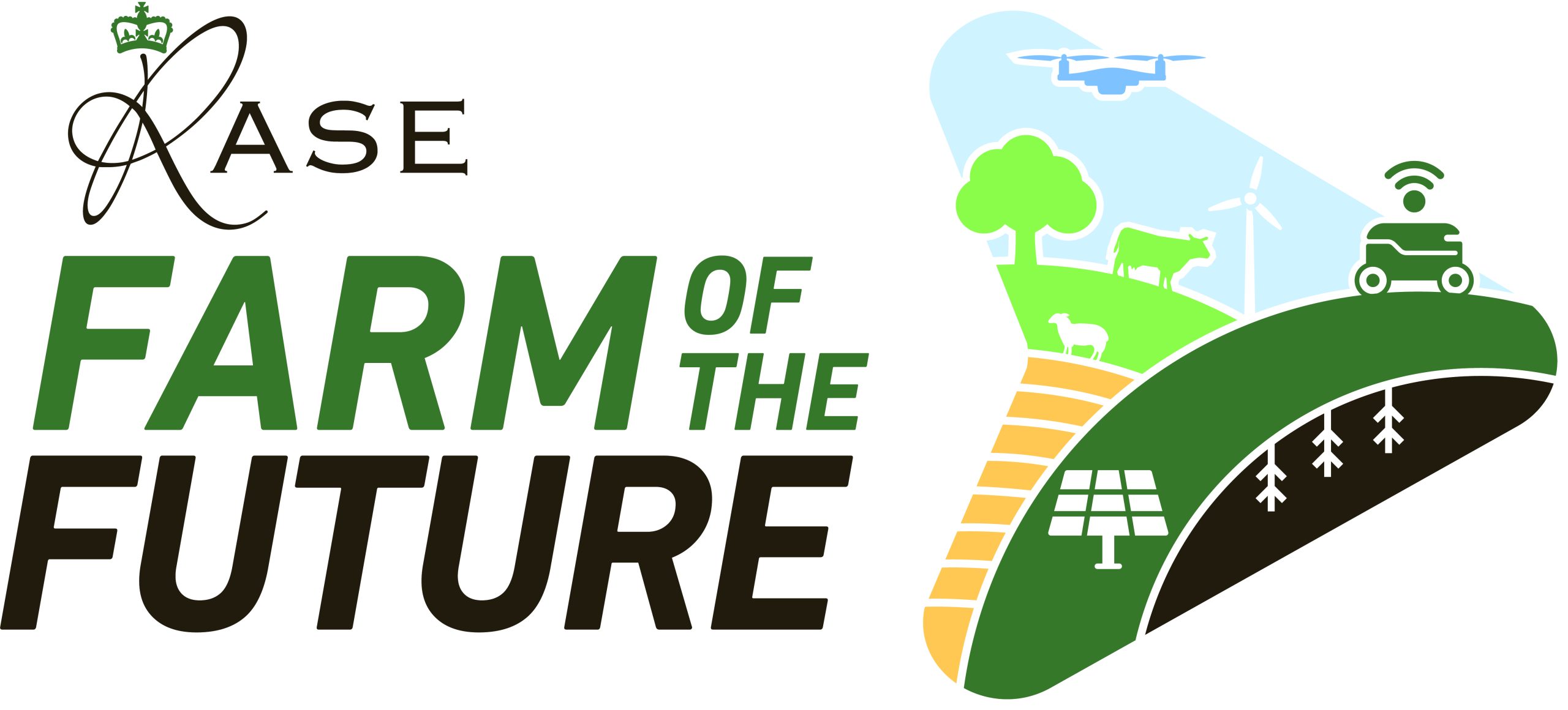As the voluntary carbon market expands, farm businesses face a pivotal question: is now the right time to sell carbon credits? A recent Farm of the Future webinar offered clarity, not contracts—guiding farmers through the complex intersection of sustainability, legal commitments, and market readiness.
The webinar titled “Carbon credits debunked” featured Becky Willson from Farm Carbon Toolkit and Adam White from Roythornes Solicitors. It offered grounded insights on what’s possible—and what’s prudent—when navigating carbon finance. The bottom line: opportunities exist, but so do contractual pitfalls, particularly in schemes requiring long-term land commitments.
Start with a baseline
Before considering any carbon scheme, every farm must establish its carbon baseline. Without this, it’s impossible to quantify sequestration or demonstrate improvements post-intervention. There are now a multitude of farm carbon footprinting tools which enable this step and may be a gateway to future schemes. Information about four of the main ones can be found in the Farm of the Future report.
Know what you’re signing up for
Soil carbon schemes typically last for around 10 years, but can be longer. In a 10-year scheme, farmers can expect 5 years implementing carbon sequestering activities, then a further 5-year commitment to protect the carbon that has been sequestered, which impacts how the land can be managed. The existing soil carbon schemes are mostly focused on the arable sector, and focus on reductions of emissions as well as removal of carbon via sequestration.
Forestry and peatland schemes bring different implications. Stretching from 35 to 70 years, these long contracts can tie the hands of future land managers and complicate land sales or transitions.
With forestry schemes in particular, Adam shared that there is the question of what happens if at the end of the contract period, the current manager of the land wants to bring it back into farming. Can they do that? Is the land reclassified to non-agricultural use after a period? And does that mean it would lose the tax benefits associated with agricultural land?
Long-term carbon schemes can make it difficult to value the land, as the payment from the scheme may be made up front, but then whoever is managing the land in the future is committed to delivering the outcome that has already been paid for. Soil carbon schemes are shorter, and the land is continued to be farmed, so escape this issue.
Supply chain impacts and legal ambiguity
The ownership of carbon reductions and removals matters to the supply chain, but it is a minefield from a legal perspective. It has implications on how land is managed and farmed, the farmers’ ability to switch contracts and how carbon removals and reductions are documented.
Speaking in the webinar, Adam highlighted differences between the sectors, with the dairy industry leading the way in recent years as the supply chain has provided support to farmers to deliver carbon reductions. In the arable sector however, the supply chain is more diffused and this type of cross supply chain support is currently more limited.
Adam predicts that in some parts of the supply chain, carbon credits will become seen as an entry requirement for doing business with a supplier. It is therefore important to be aware that if a farm business does sell carbon credits in the voluntary market, this could impact its ability to do business with certain suppliers in the future.
The economic challenges
At around £20 per tonne, voluntary market carbon pricing remains relatively low. There is also the issue that after multiple intermediaries in the supply chain take their share, net returns to farms can be modest.
The metrics are still evolving
The metrics and standards for carbon schemes are still a work in progress and can be expected to continue to change. The current guidelines are based on principles and are not strictly defined. Also, the science around soil carbon is also continuing to develop, so the metrics and measurement methods can be expected to improve further in the coming years.
Emerging technologies like rock weathering technology may impact the valuation of carbon credits. Unlike soil carbon methods that focus on reducing carbon release, rock weathering actively captures carbon dioxide, making it a more direct and potentially more valuable carbon sequestration method. This difference in approach could significantly impact future carbon credit valuations as the market evolves and prioritises pure carbon capture techniques.
In essence, farmers must treat current prices and protocols as provisional, not permanent.
Added complexity for tenant farmers
Finally, Adam shared that tenant farmers face additional hurdles. Contracts with landlords may preclude participation in long-term schemes, especially those reclassifying land use. For this group, shorter-term soil carbon initiatives may offer the only viable entry point for now.
Carbon credit decisions
Carbon credit schemes offer potential but come with complexity. For any farm business, establishing a carbon baseline is the crucial first step—both to evidence future improvements and to remain ready for evolving opportunities.
While soil carbon initiatives may suit those seeking shorter-term engagement, long-term schemes such as forestry or peatland restoration demand careful scrutiny, particularly regarding land use, tax implications, and contract duration. With the voluntary market still maturing—and prices and metrics evolving—now may be the time to prepare rather than commit.
For a deeper understanding, watch the full ‘Carbon Credits Debunked’ webinar now available in the RASE members’ area, or read the related blog on considerations before entering long-term biodiversity schemes.

